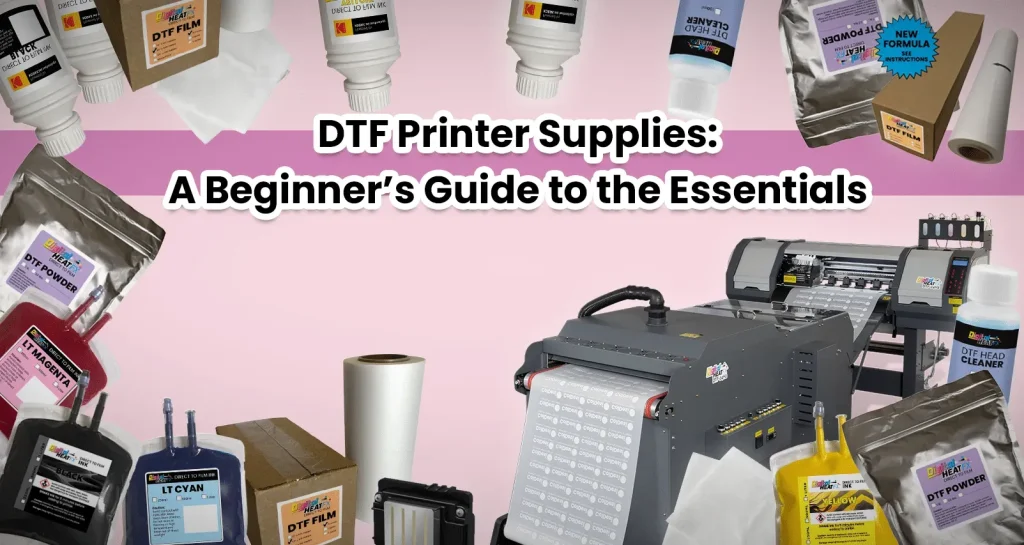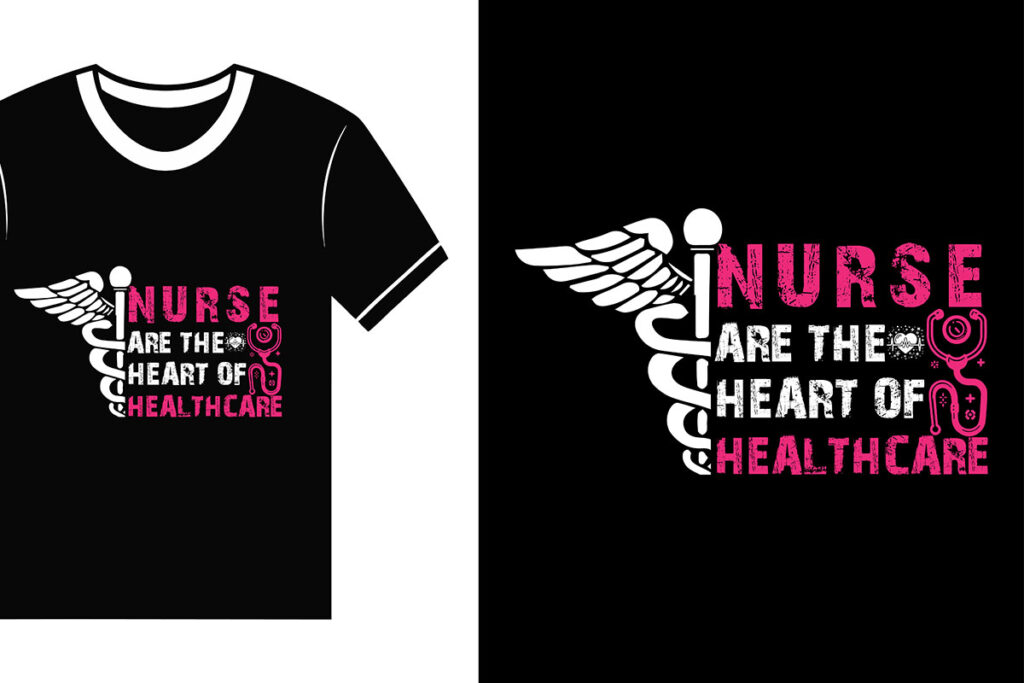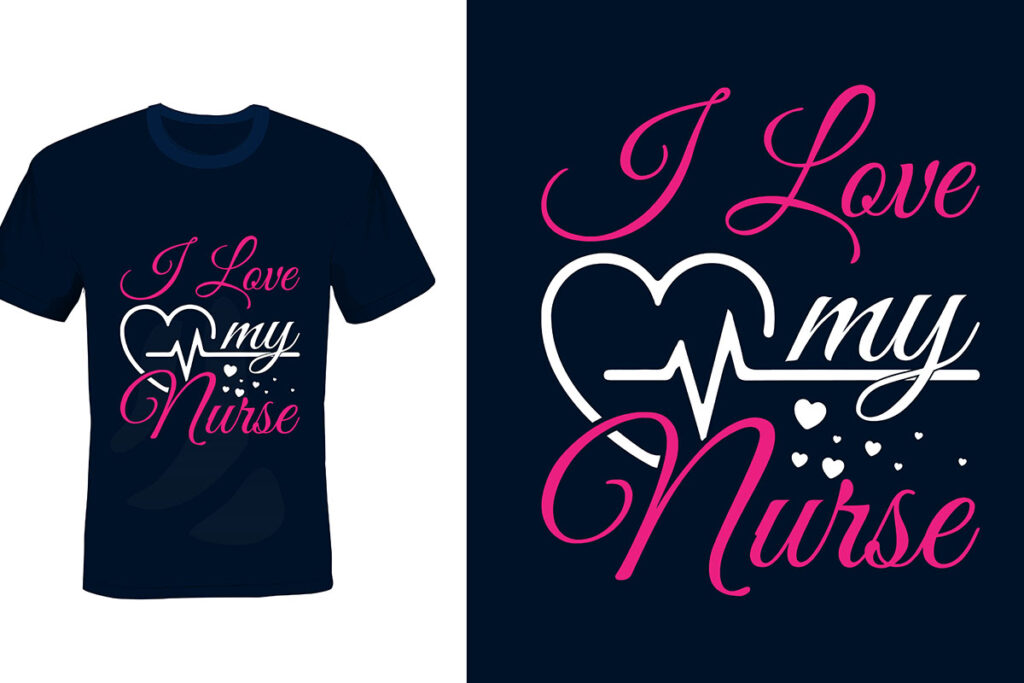DTF Supplies are at the forefront of modern textile printing, offering businesses and hobbyists a unique solution that bridges the gap between quality and affordability. As the popularity of DTF printing surges, it stands out against traditional techniques like screen and sublimation printing due to its remarkable versatility and ease of use. Whether you are looking to create custom apparel for individuals or for a larger audience, understanding the dynamics of DTF supplies will help you navigate your options effectively. This blog post will compare DTF with other garment printing methods, elucidating the pros and cons to aid in your decision-making process. Get ready to explore how DTF can elevate your projects through innovative and vibrant prints that satisfy both personal tastes and commercial demands.
In the rapidly advancing realm of fabric printing, alternative methods such as Direct-to-Fabric and digital garment printing are becoming increasingly relevant. These innovative approaches, particularly DTF (Direct-to-Film), provide a flexible and high-quality means of producing detailed designs on various textiles. Alongside traditional techniques such as screen printing and sublimation, these modern methods cater to the evolving needs of custom apparel creation. As you delve into the nuances of these printing techniques, it’s essential to assess which method aligns best with your specific project needs, budget, and fabric choices. Join us as we dissect these printing technologies, helping you find the perfect fit for your creative endeavors.
Exploring the Advantages of DTF Supplies in Custom Apparel
DTF printing supplies are a game changer in the realm of custom apparel, offering unparalleled flexibility and versatility across various fabrics. This method utilizes a special film to transfer intricate designs onto garments, making it an excellent choice for businesses looking to produce high-quality custom clothing. One of the core advantages of DTF supplies is the ability to print on a wide range of materials, including cotton, polyester, and blends. This versatility allows manufacturers to cater to diverse customer preferences without the limitations imposed by other printing methods, such as screen printing, which primarily works best on cotton.
Moreover, DTF supplies also empower businesses to efficiently execute small batch orders without incurring high setup costs associated with traditional methods like screen printing. The affordability and accessibility of DTF materials make them an attractive option for entrepreneurs and hobbyists alike. As the demand for personalized and unique garments increases, investing in DTF supplies equips businesses with the tools needed to thrive in a competitive market, ensuring they can meet the ever-evolving tastes of consumers.
DTF Printing vs. Screen Printing: Cost-Effectiveness and Efficiency
When weighing the options between DTF printing and screen printing, cost-effectiveness plays a pivotal role in the decision-making process. DTF printing allows for lower costs on smaller runs compared to screen printing, which requires substantial upfront investment in screen creation. This often discourages small businesses or individuals from utilizing screen printing for custom pieces. With DTF, there’s no need for an extensive setup, allowing for swift production and a more economical solution for those in need of creating bespoke apparel without breaking the bank.
In addition to cost savings, DTF printing also streamlines the production process. Unlike screen printing, which can become quite complex due to multiple colors requiring different screens, DTF enables designers to replicate intricate artwork and vivid colors with ease. This simplicity not only expedites the turnaround time for orders but also enhances the overall workflow in a printing shop. As such, DTF printing emerges as a favorable option for both volume printing and unique customized apparel, merging affordability with efficiency.
The Vibrant Future of DTF Supplies in Garment Printing
The future of DTF supplies in garment printing looks incredibly promising, especially with the ever-growing demand for customization within the fashion industry. As technology continues to advance, DTF printing is expected to evolve, resulting in even better ink quality and print durability. By 2025, we may witness a spike in DTF applications across diverse sectors, from small businesses to larger fashion brands, all utilizing this flexible method to create customized apparel that resonates with consumers’ preferences.
Moreover, the adaptability of DTF supplies positions them as a significant player in the textile printing market. With continuous innovations in equipment technology and inks, users can expect to achieve high-resolution prints that stand the test of time, increasing interest from print shops and apparel manufacturers. This ongoing development not only enhances the competitive edge that DTF printing holds over traditional methods, such as sublimation and screen printing, but it also sets a new standard for quality in custom apparel printing.
Understanding the Material Suitability of DTF Printing
One of the standout benefits of DTF printing lies in its exceptional material compatibility, which outshines numerous traditional printing methods. Unlike sublimation printing, which is limited predominantly to polyester and specially coated substrates, DTF excels with its ability to print on a diverse array of fabrics, including cotton, blends, and synthetic materials. This characteristic widens the possibilities for customized apparel production, catering to various consumer needs and preferences.
The versatility of DTF supplies allows designers to experiment with various fabrics without being confined to specific materials. As a result, businesses can effectively tap into different markets by offering products made from multiple textiles, ensuring a broader appeal for their custom apparel. This adaptability not only attracts a wider audience but also empowers brands to innovate and diversify their offerings in this ever-competitive industry.
Comparative Analysis: DTF Printing and Sublimation Techniques
When considering the differences between DTF printing and sublimation techniques, it becomes evident that each possesses unique strengths and limitations. While sublimation is known for producing vibrant prints that fuse seamlessly with polyester fabrics, it lacks the flexibility needed for various materials. DTF printing, on the other hand, caters to a diverse fabric palette, which is especially beneficial for companies aiming to fulfill orders with multiple fabric types while still achieving impressive color accuracy, even on darker garments.
Furthermore, the complexity of sublimation processes, involving preparation steps and unique adhesives, can often lead to longer production times. In contrast, the straightforward nature of DTF printing significantly simplifies the workflow and minimizes potential bottlenecks in production. As businesses increasingly seek efficient and effective garment printing methods, DTF printing emerges as a strong contender, addressing both quality and versatility while keeping production streamlined.
Trends in Custom Apparel Printing: The Rise of DTF Supplies
As custom apparel printing trends evolve, DTF supplies are undoubtedly emerging as a leading force in shaping the future of this industry. The rising demand for unique and tailored clothing drives companies to seek advanced printing techniques that offer flexibility without sacrificing quality. With DTF technology, businesses can satisfy the growing market for personalized garments, allowing customers to express their individuality through bespoke designs.
Additionally, as consumers increasingly gravitate towards sustainability and ethical production practices, DTF printing provides an opportunity for businesses to produce high-quality products without excessive waste. The efficiency of DTF processes contributes to a more sustainable fashion footprint, aligning with contemporary consumer values. By embracing DTF supplies, companies can position themselves favorably in a competitive market, appealing to socially conscious customers while enhancing their operational effectiveness.
Frequently Asked Questions
What are DTF Supplies and how are they used in DTF printing?
DTF supplies encompass all materials needed for Direct-to-Film (DTF) printing, including transfer films, special inks, and adhesive powders. These supplies are crucial for producing high-quality prints by allowing designs to be printed on film and then heat transferred onto various garments like cotton and polyester.
How does DTF printing compare to screen printing in terms of cost effectiveness?
DTF printing is often more cost effective for small runs compared to screen printing, which has higher initial setup costs for creating screens. DTF supplies enable businesses to print custom designs without the financial burden of large minimum order quantities.
Can DTF Supplies be used on different fabric types?
Yes, DTF supplies are incredibly versatile and allow printing on a wide range of fabric types, including cotton, polyester, and blends. This flexibility makes DTF printing an excellent choice for custom apparel printing across various materials.
What advantages does DTF printing have over sublimation printing?
DTF printing, using DTF supplies, offers more versatility than sublimation as it can be used on both light and dark fabrics and does not require special surfaces. This opens up opportunities for custom apparel printing that sublimation cannot provide due to its limitation to polyester substrates.
How durable are prints made with DTF supplies compared to screen prints?
While high-quality screen prints traditionally last longer than DTF prints, advancements in DTF technology are improving the durability of prints. As a result, DTF prints are becoming increasingly competitive, especially for items that require frequent washing.
What are the main benefits of choosing DTF supplies for custom apparel printing?
The main benefits of choosing DTF supplies include versatility across various materials, ease of use for quick setups, and cost-effectiveness for smaller orders. These features make DTF printing an ideal option for both hobbyists and small businesses in the custom apparel printing space.
| Comparison Factors | DTF Printing | Screen Printing | Sublimation Printing |
|---|---|---|---|
| Setup Costs | Cost-effective for small runs | High setup costs due to screens | Moderate setup costs |
| Material Compatibility | Works on various fabrics including cotton and blends | Best for solid fabrics, limited color range | Primarily polyester and coated substrates |
| Color Quality and Detail | High detail and color vibrancy on dark fabrics | Good for solid colors, limited detail | Excellent vibrancy but restricted to lighter fabrics |
| Durability | Improving with technology advancements | Known for long-lasting prints | Highly durable on proper substrates |
| Ease of Use | User-friendly process, especially for small runs | Cumbersome setup with multiple screens | Complex process requiring multiple steps including pre-treatment |
Summary
DTF Supplies offer a modern and efficient solution for those involved in custom apparel printing. By understanding the distinctions between DTF, screen printing, and sublimation, users are better equipped to make informed decisions tailored to their specific needs. DTF printing boasts versatility, cost-effectiveness, and an ability to produce detailed designs on a wide range of fabrics, making it a preferred choice for both businesses and hobbyists. As advancements continue to enhance the quality and durability of DTF prints, their relevance in the printing industry is set to rise, ensuring that DTF Supplies remain a vital resource for anyone looking to excel in garment printing.



